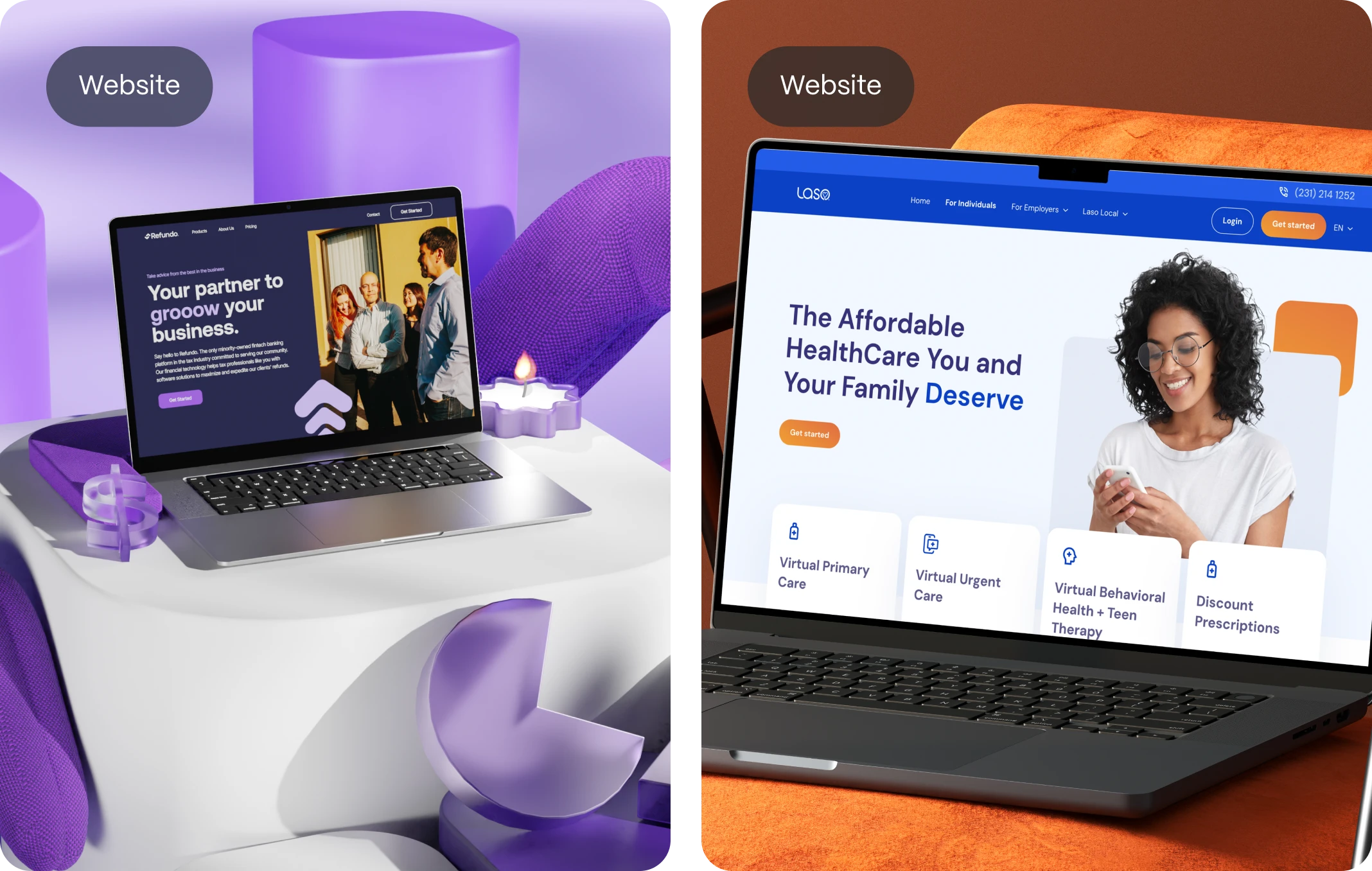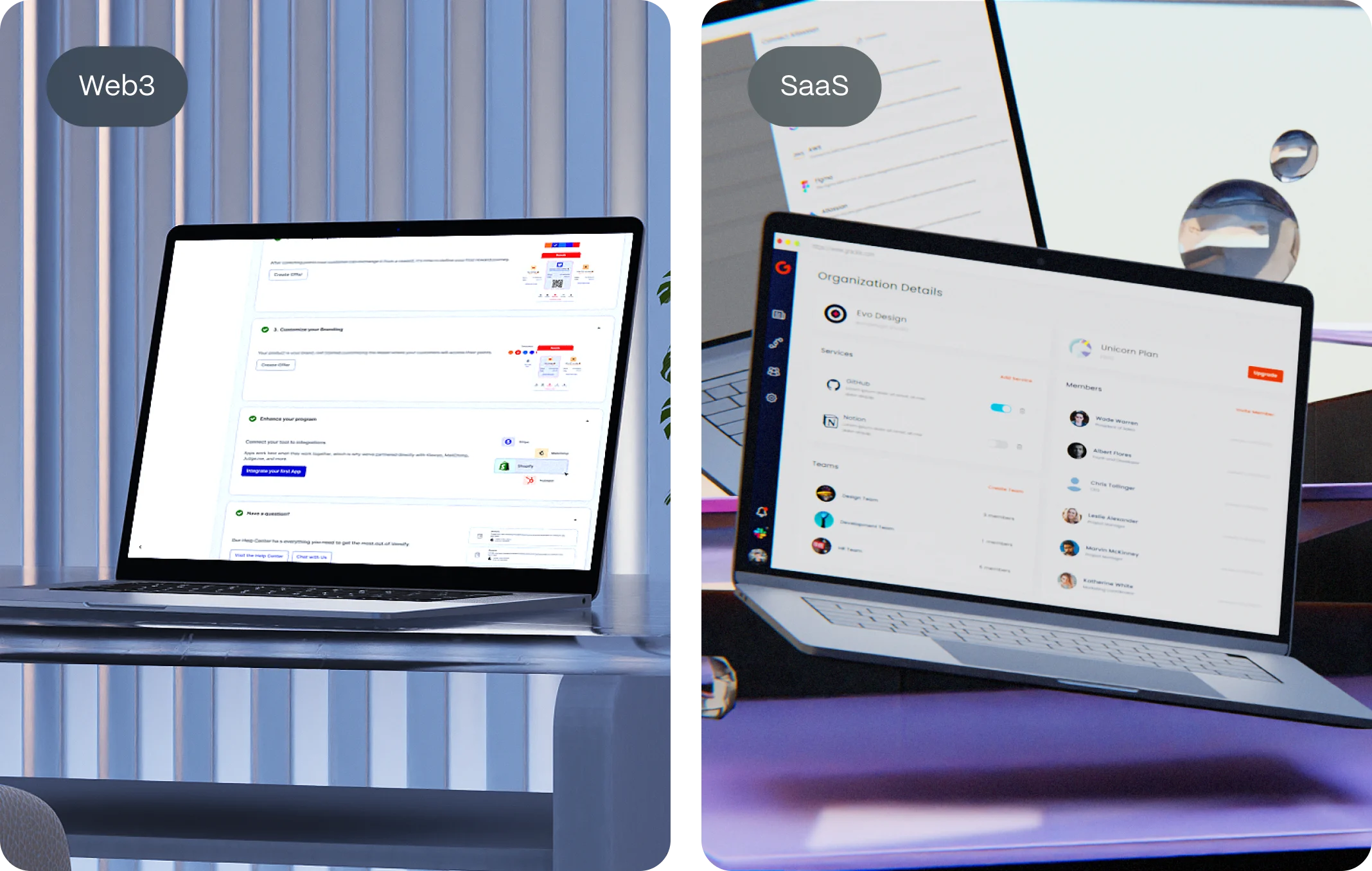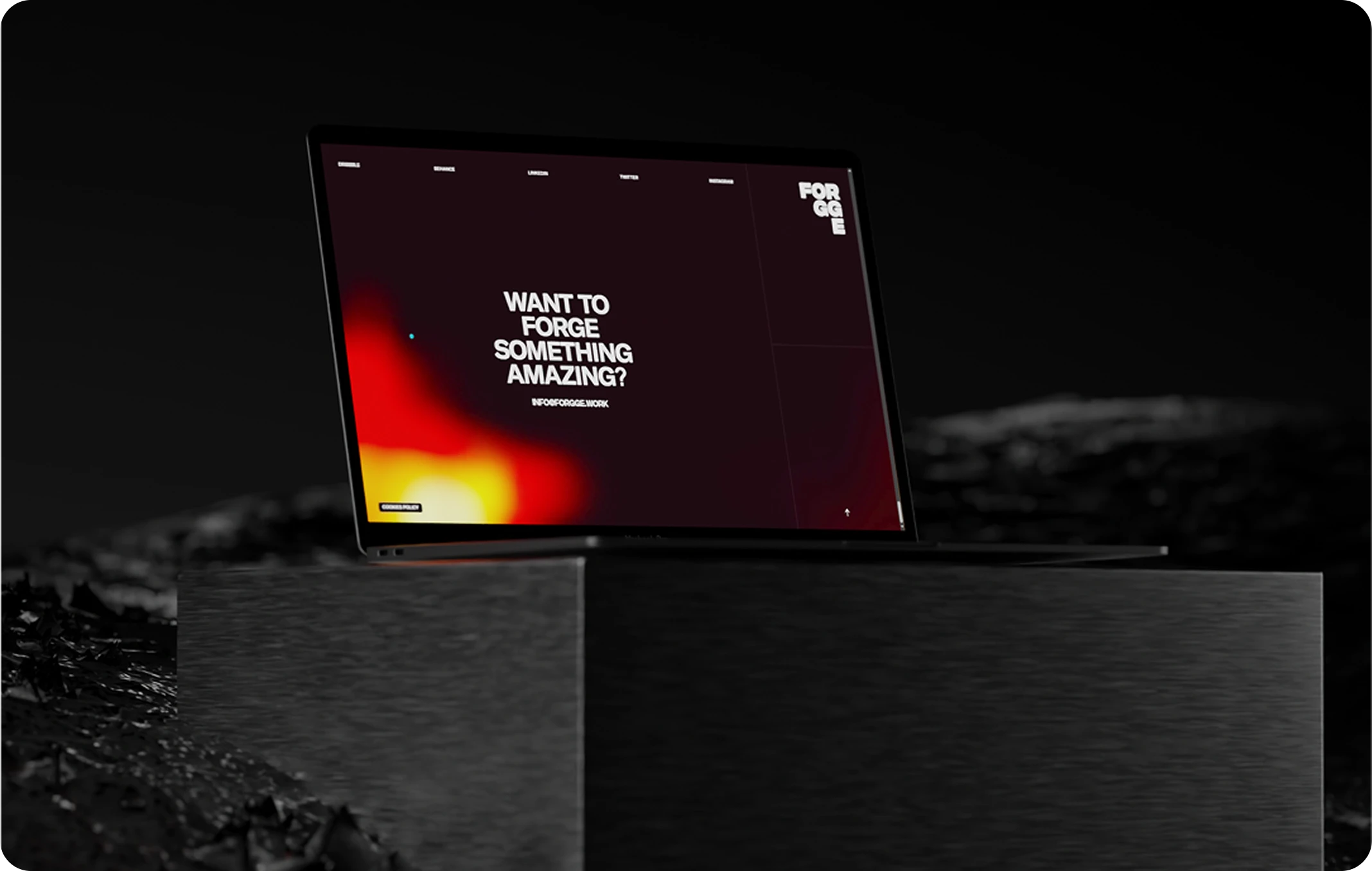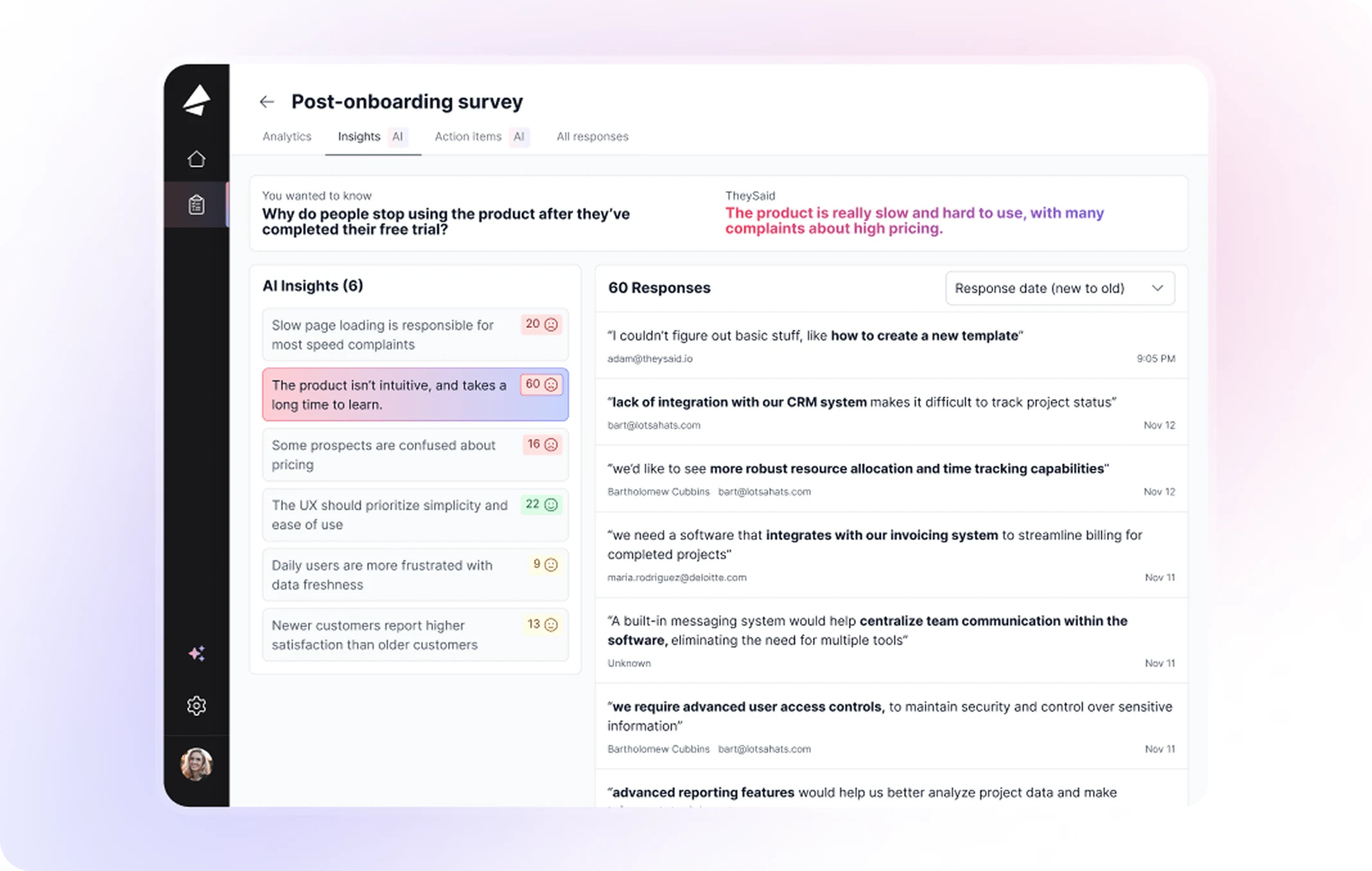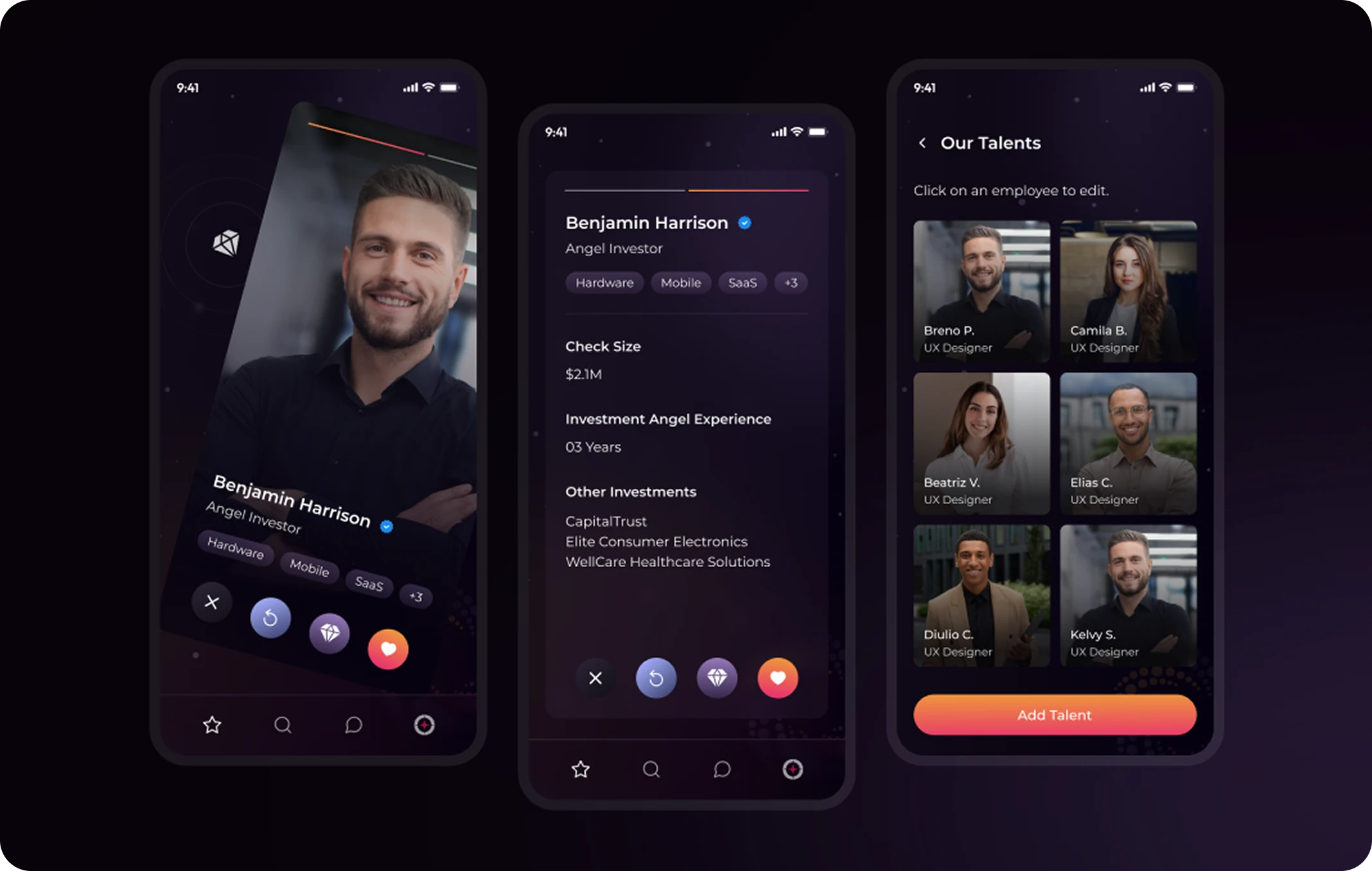Unlike traditional business planning methods that focus heavily on feasibility and profitability first, Design Thinking flips the script by starting with empathy—putting the user at the center of every decision. For early-stage startups, where resources are limited and assumptions can be costly, this user-centered mindset becomes a powerful tool for navigating uncertainty and building something people actually want.
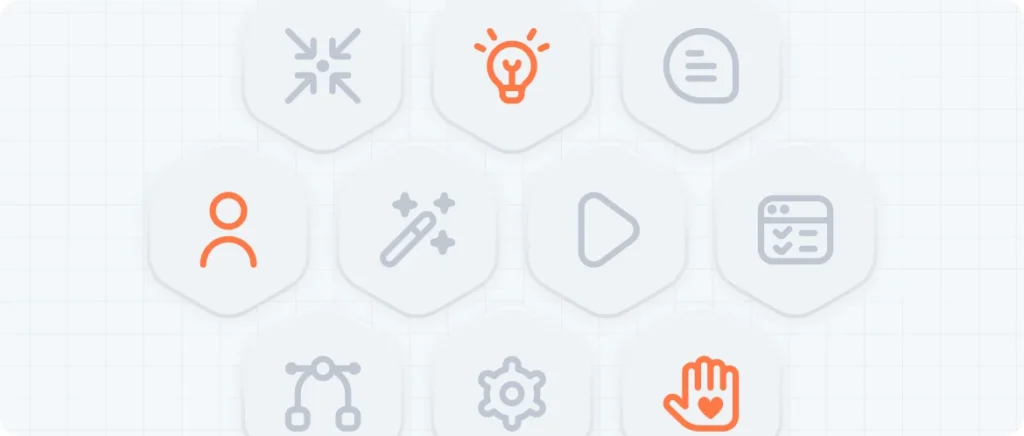
Why Is the Design Thinking Process Important for a Startup?
- Reduces the Risk of Product-Market Misfit
Many startups fail not because they didn’t build their product well, but because they built the wrong product. Design Thinking emphasizes understanding real user needs through research, empathy interviews, and observation, helping teams avoid building based on assumptions. By identifying pain points and unmet needs early on, startups can validate that their solution solves a real problem—before investing months in development. - Encourages Iteration and Rapid Prototyping
Speed is everything in the startup world. The Design Thinking process encourages quick prototyping and continuous testing, allowing startups to gather feedback early and often. This iterative loop shortens the product development cycle, enables real-time learning, and ensures that the solution evolves alongside user expectations—an advantage that larger, slower-moving competitors often lack. - Fosters Team Collaboration and Alignment
Startups are often made up of small, cross-functional teams. Design Thinking thrives in this environment because it encourages interdisciplinary collaboration, where marketing, design, product, and engineering work together from the start. The shared framework and problem-solving process align teams around a common goal: delivering value to the user. To enhance collaboration, consider the importance of writing effective design briefs. - Drives Differentiation Through Innovation
In crowded markets, differentiation is key. Design Thinking equips startups with creative ideation tools that go beyond obvious solutions. This is particularly critical when your startup is trying to stand out with limited marketing budgets. A unique, well-designed user experience often becomes the brand. - Builds a Loyal User Base from the Ground Up
By co-creating solutions with users, startups build not just functional products—but meaningful relationships. When users feel heard and see their feedback reflected in a product, they’re more likely to become loyal advocates. This emotional connection to the brand is an asset no competitor can easily replicate.
Design Thinking: Step-by-step
Design Thinking has revolutionized the way businesses approach problem-solving and innovation. By focusing on human-centric solutions, this methodology fosters creativity and drives meaningful change.
Here are the five stages of the Design Thinking process, drawing insights from leading experts and real-world case studies to help you apply these principles effectively:
1. Empathize: Understanding User Needs
The journey begins with empathy. This stage involves immersing oneself in the user’s world to gain a deep understanding of their experiences, challenges, and needs. Techniques such as user interviews, observations, and journey mapping are employed to gather qualitative insights. As highlighted by the Interaction Design Foundation, “Design thinking is an iterative, non-linear process that focuses on a collaboration between designers and users.”
Case Study: GE Healthcare’s Adventure Series
GE Healthcare observed that pediatric patients were often frightened by MRI machines. By empathizing with these young patients, they redesigned the MRI experience into the “Adventure Series,” transforming the scanning rooms into themed adventures, which significantly reduced children’s anxiety.
GE Healthcare’s Adventure Series

2. Define: Articulating the Problem
With rich insights from the empathize stage, the next step is to clearly define the problem. This involves synthesizing the information gathered to identify core issues and framing them in a user-centric manner. A well-crafted problem statement guides the design process and ensures alignment with user needs.
Nigel Cross, in his book Design Thinking: Understanding How Designers Think and Work, emphasizes the importance of framing the problem accurately to facilitate effective solutions.
Case Study: Oral-B’s Children’s Toothbrush
IDEO, commissioned by Oral-B, discovered that children struggled with toothbrushes designed as smaller versions of adult brushes. By redefining the problem, they designed a toothbrush with a thicker handle, accommodating children’s motor skills, leading to increased usability and sales.
Oral-B’s Children’s Toothbrush

3. Ideate: Generating Creative Solutions
Ideation is the creative heartbeat of Design Thinking. In this stage, diverse teams brainstorm a wide array of ideas without judgment. Techniques like mind mapping, SCAMPER, and “How Might We” questions encourage out-of-the-box thinking. The goal is to explore multiple avenues before narrowing down to the most promising solutions. Tom Kelley, in The Art of Innovation, underscores the value of embracing wild ideas during brainstorming to unlock creative potential.
Case Study: Airbnb’s Transformation
Facing stagnation, Airbnb’s founders reimagined their listings by personally photographing properties, enhancing visual appeal. This hands-on approach, born from ideation, significantly improved user engagement and bookings.
Airbnb’s Transformation

4. Prototype: Bringing Ideas to Life
Prototyping transforms ideas into tangible forms. These can range from simple sketches to interactive digital models. The objective is to create representations that can be tested and refined. Prototypes allow teams to explore how users interact with solutions and identify areas for improvement.
In Creative Confidence, Tom and David Kelley advocate for rapid prototyping to accelerate learning and refine solutions effectively. Learn more about UX Prototyping.
Case Study: PillPack’s Medication Delivery System
PillPack, in collaboration with IDEO, developed prototypes for a user-friendly medication delivery system. By iteratively testing and refining their designs, they created a service that simplified medication management, leading to its acquisition by Amazon.
PillPack’s Medication Delivery System
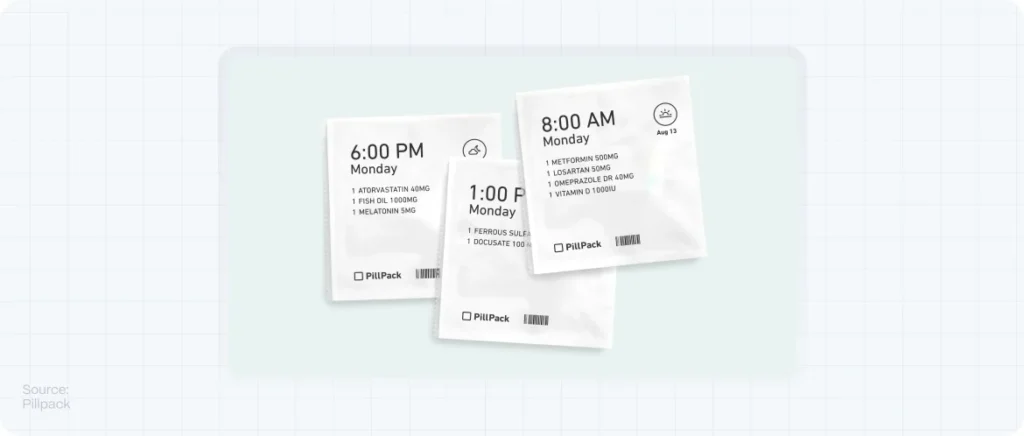
5. Test: Refining Through Feedback
Testing involves presenting prototypes to users and gathering feedback. This stage is crucial for understanding the effectiveness of solutions and uncovering unforeseen issues. Insights gained during testing inform necessary refinements, ensuring the final product aligns with user expectations.
Roger Martin, in The Design of Business, emphasizes the importance of balancing analytical rigor with creative exploration during testing to drive sustainable innovation.
Case Study: Nintendo Wii’s User-Friendly Gaming
Nintendo, by testing with non-gamers, identified complexities in traditional gaming consoles. This led to the development of the Wii, featuring motion controls and simplified interfaces, making gaming accessible to a broader audience. Understanding usability design is crucial for creating user-friendly products.
Nintendo Wii’s User-Friendly Gaming

6. Integrating Design Thinking into Your Organization
Embracing Design Thinking requires a cultural shift within the organization. Marty Neumeier, in The Designful Company, advocates for fostering a culture of continuous innovation by empowering teams to experiment and learn from failures.
Tina Seelig’s Insight Out provides a framework for transforming ideas into reality, emphasizing the importance of imagination, creativity, innovation, and entrepreneurship.
As Tom Kelley of IDEO puts it, “Fail early to succeed sooner.” Design Thinking gives startups a structured way to experiment, learn, and adapt—without wasting time, budget, or opportunity. In an environment where agility, insight, and innovation are vital to survival, the Design Thinking process isn’t just useful—it’s essential. For startups, UX/UI design plays a pivotal role in driving business growth.

